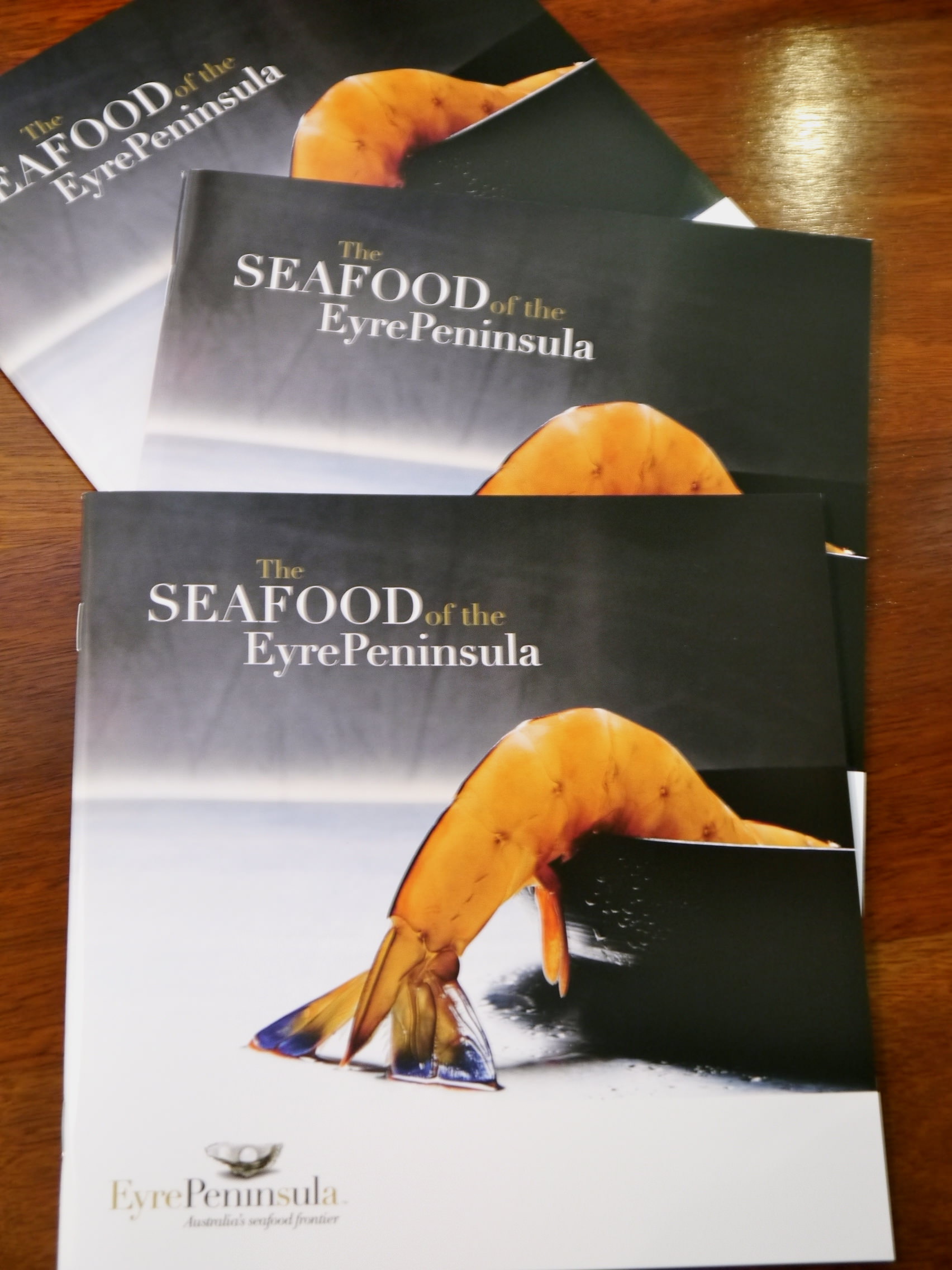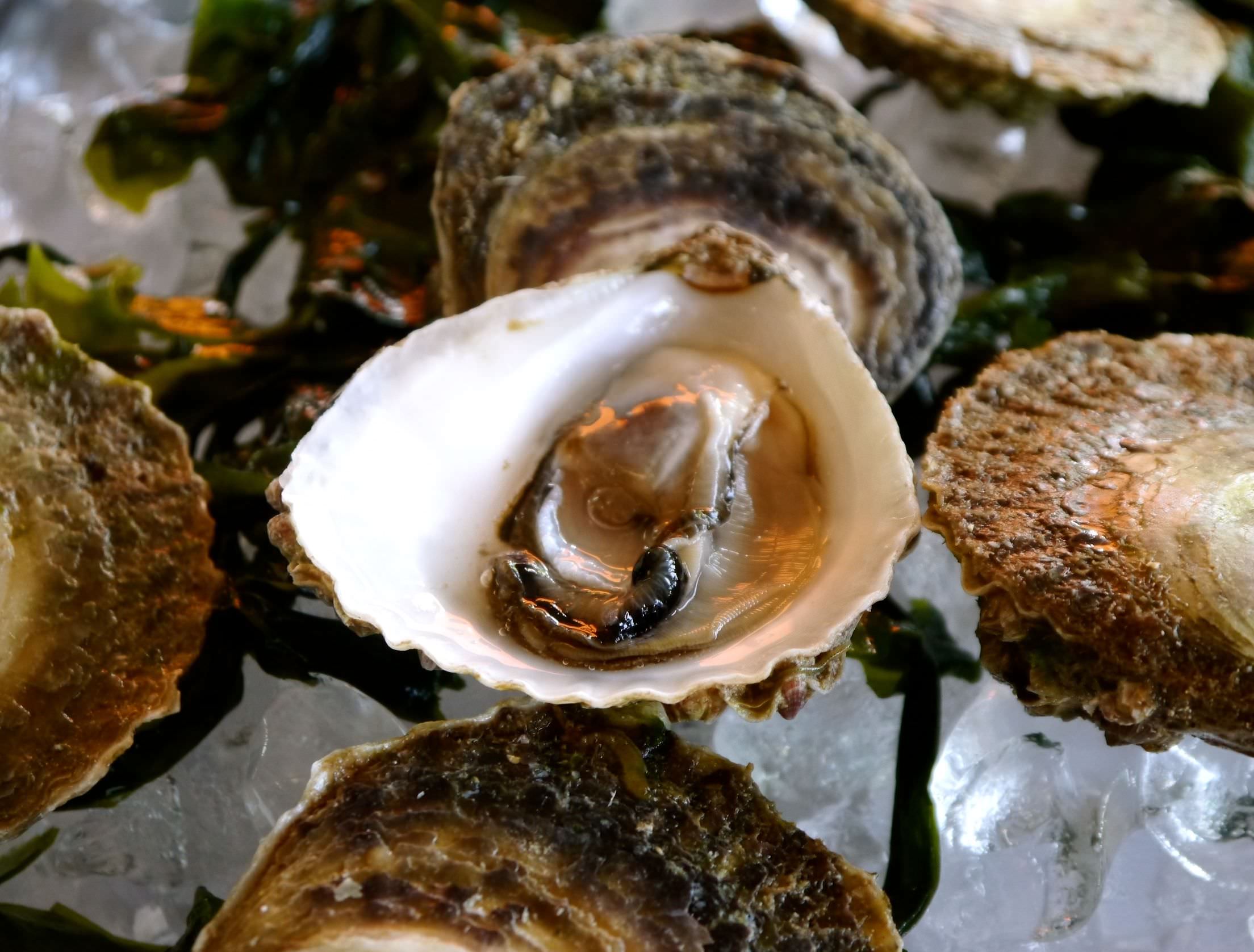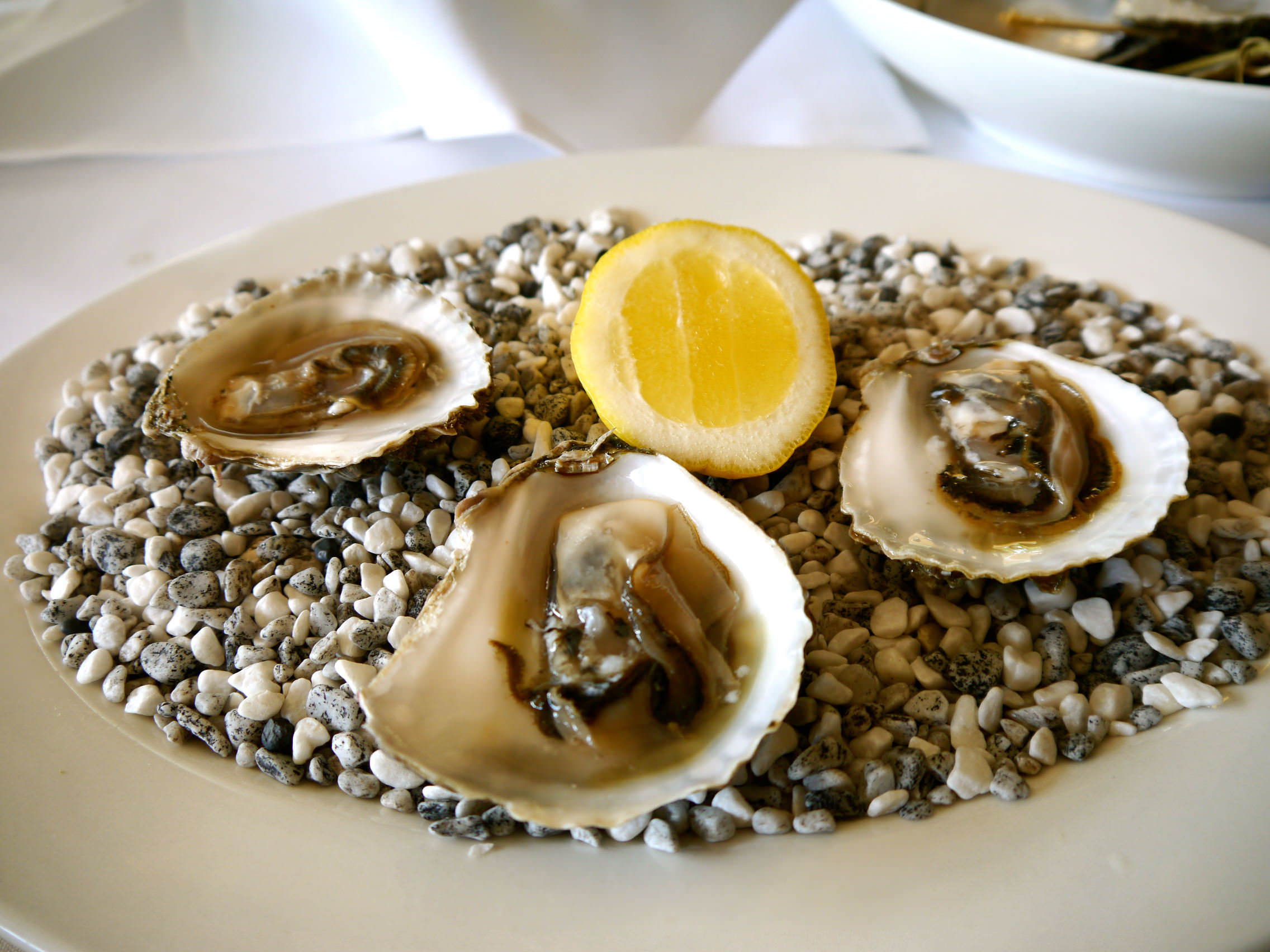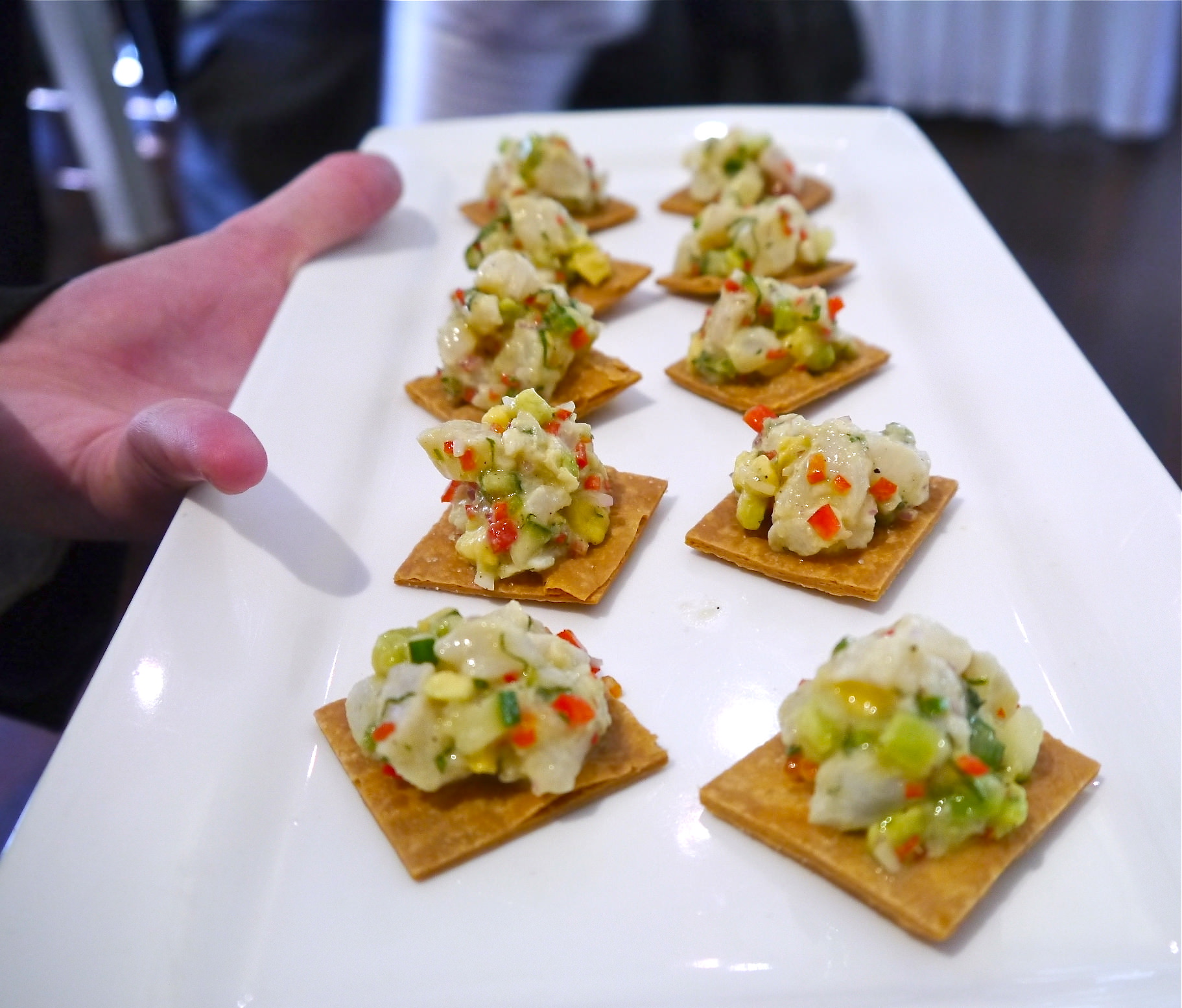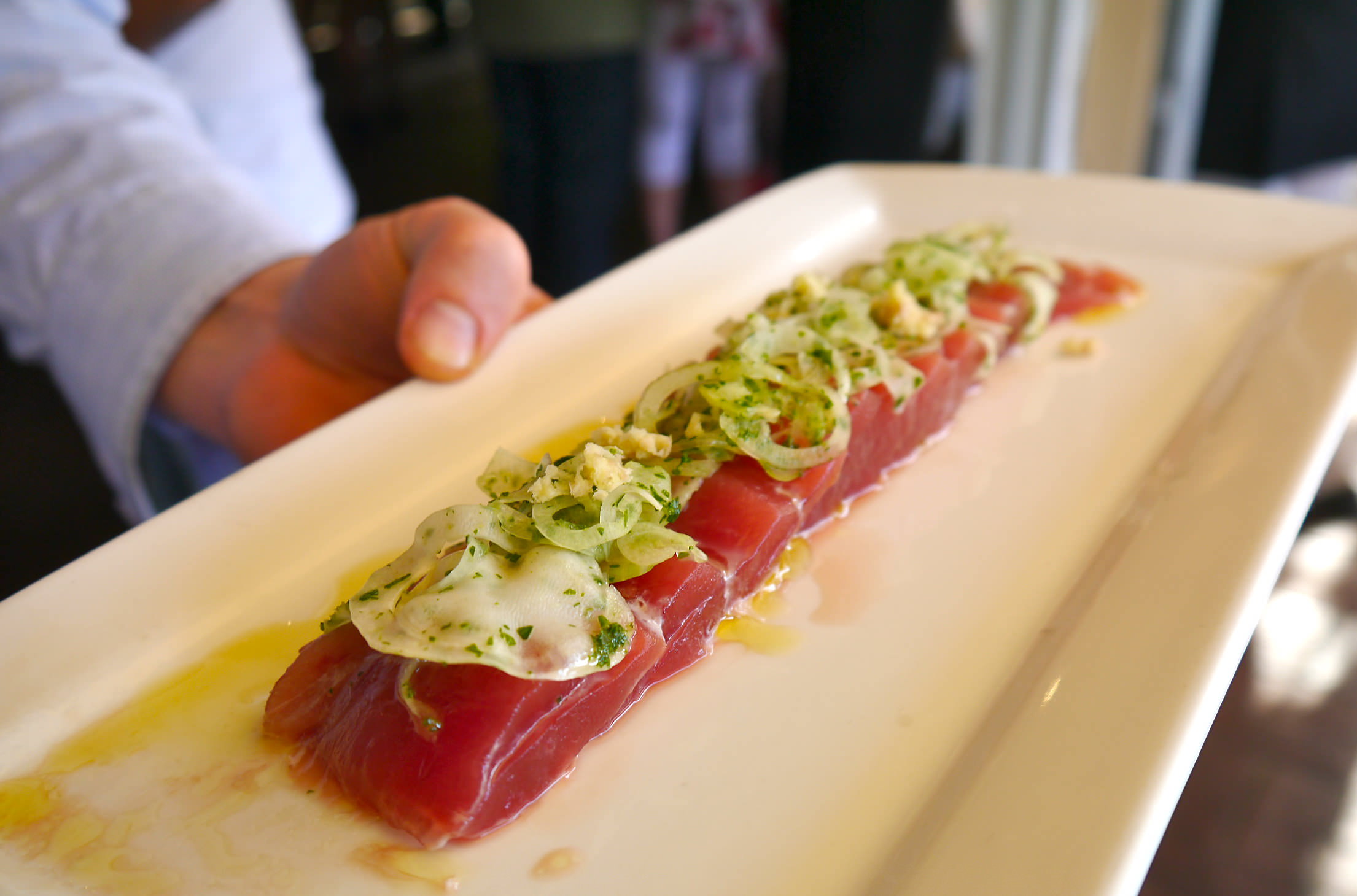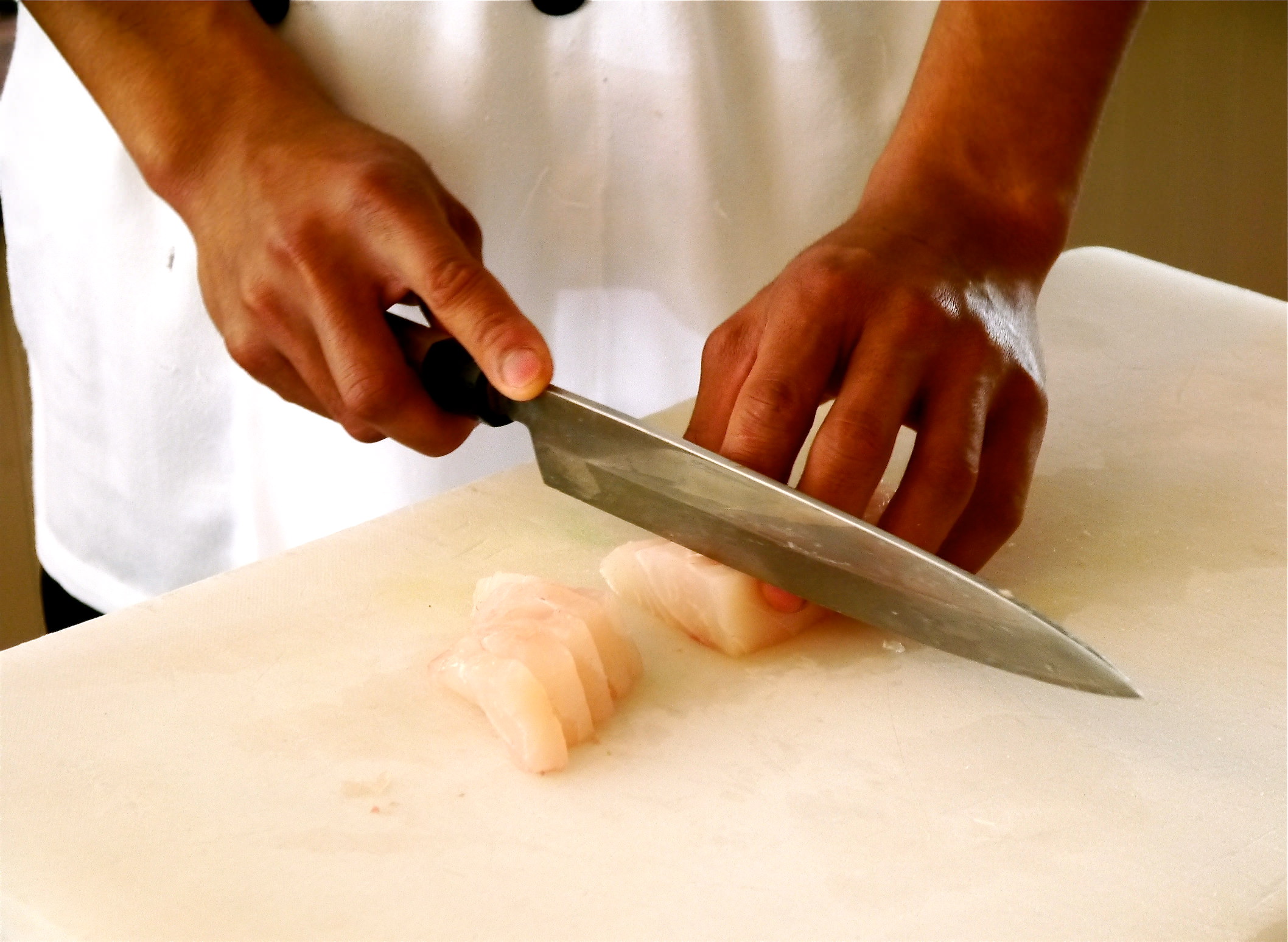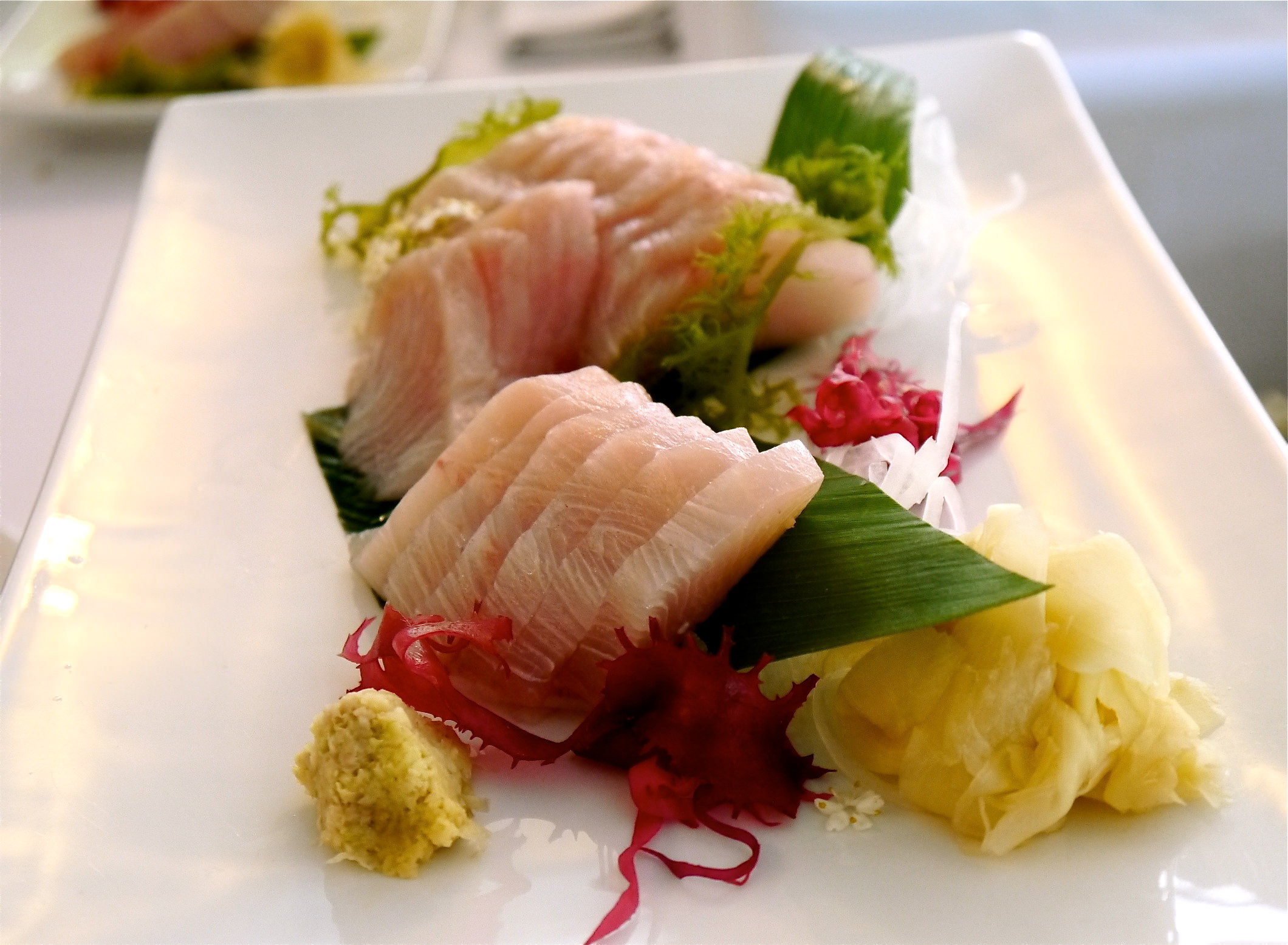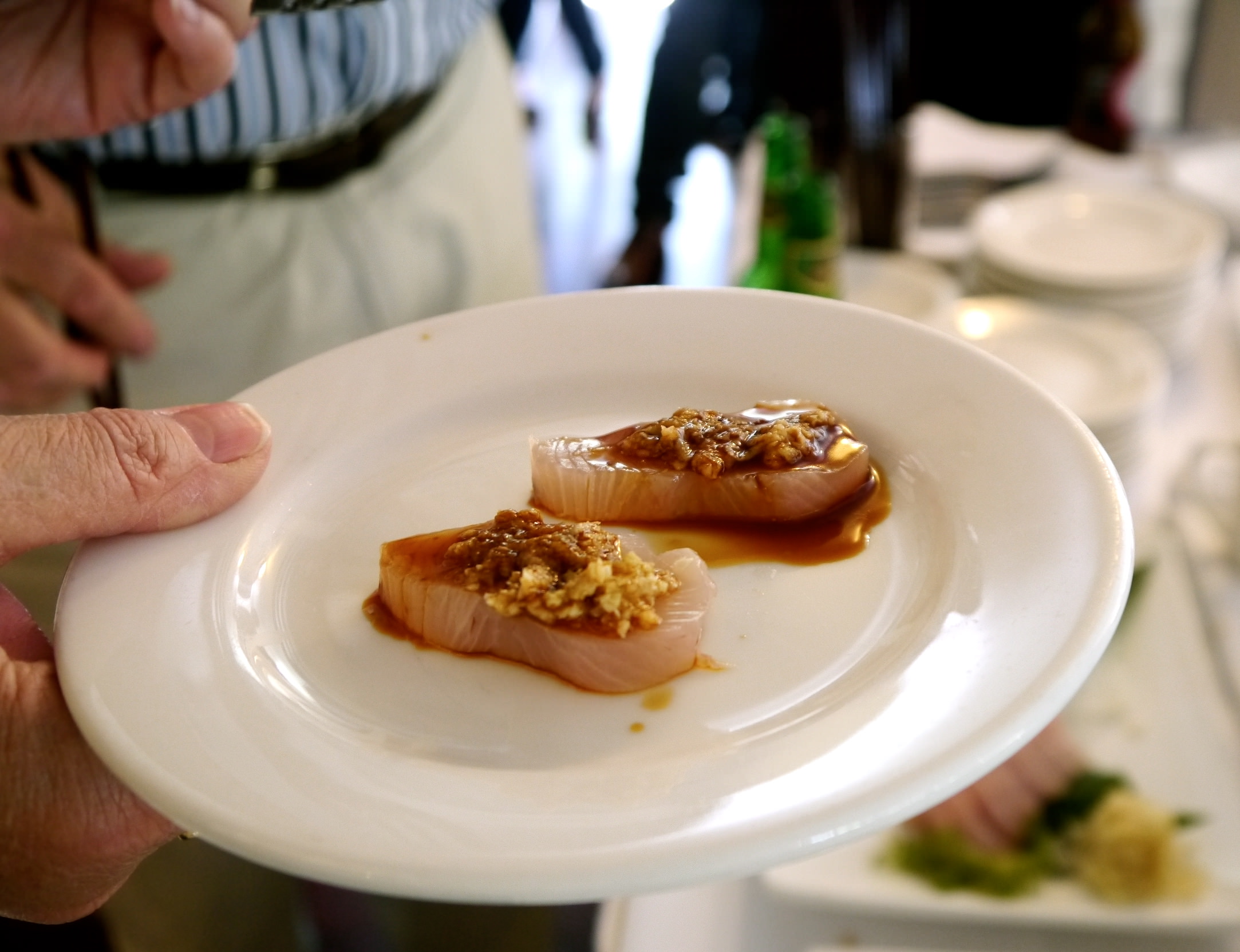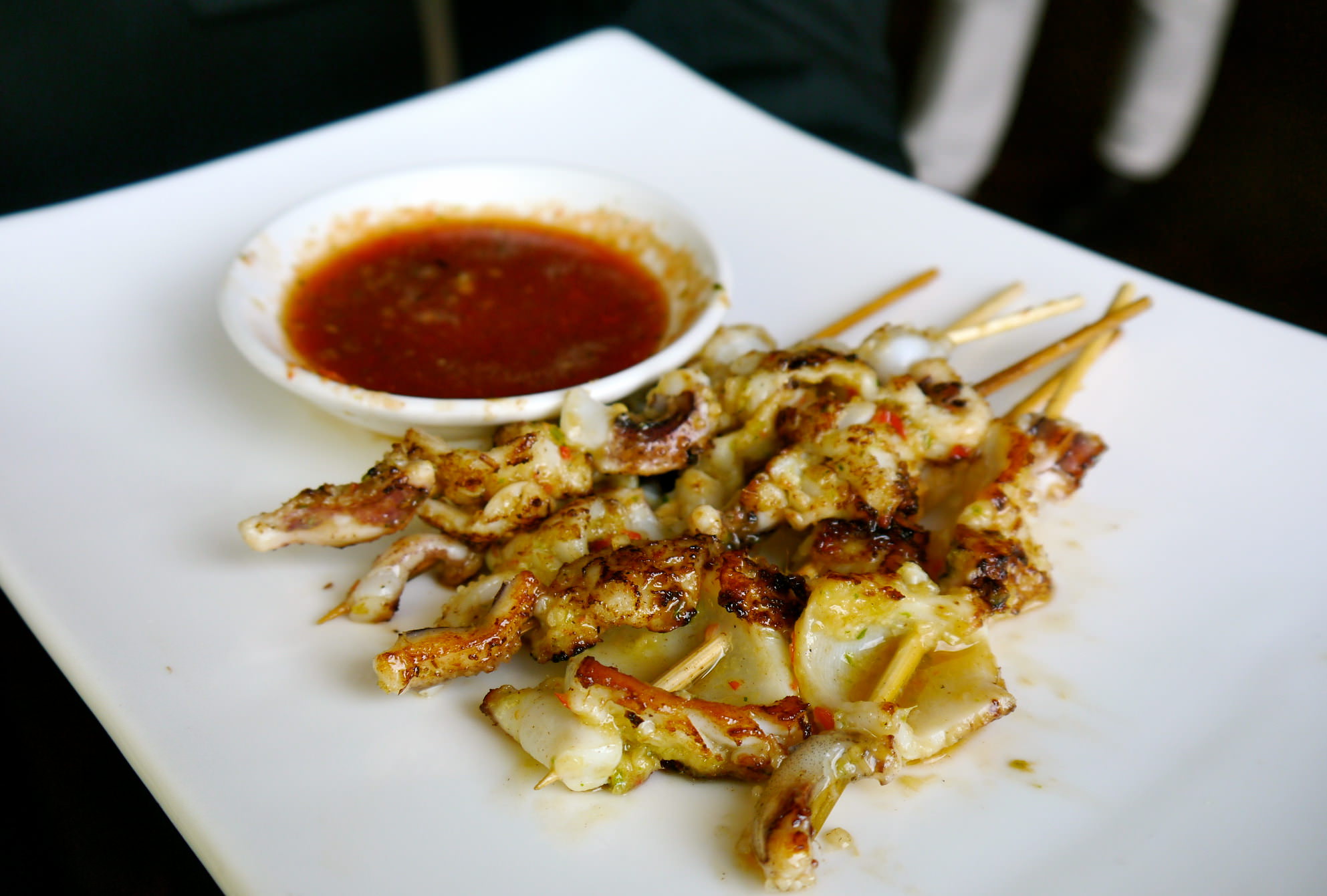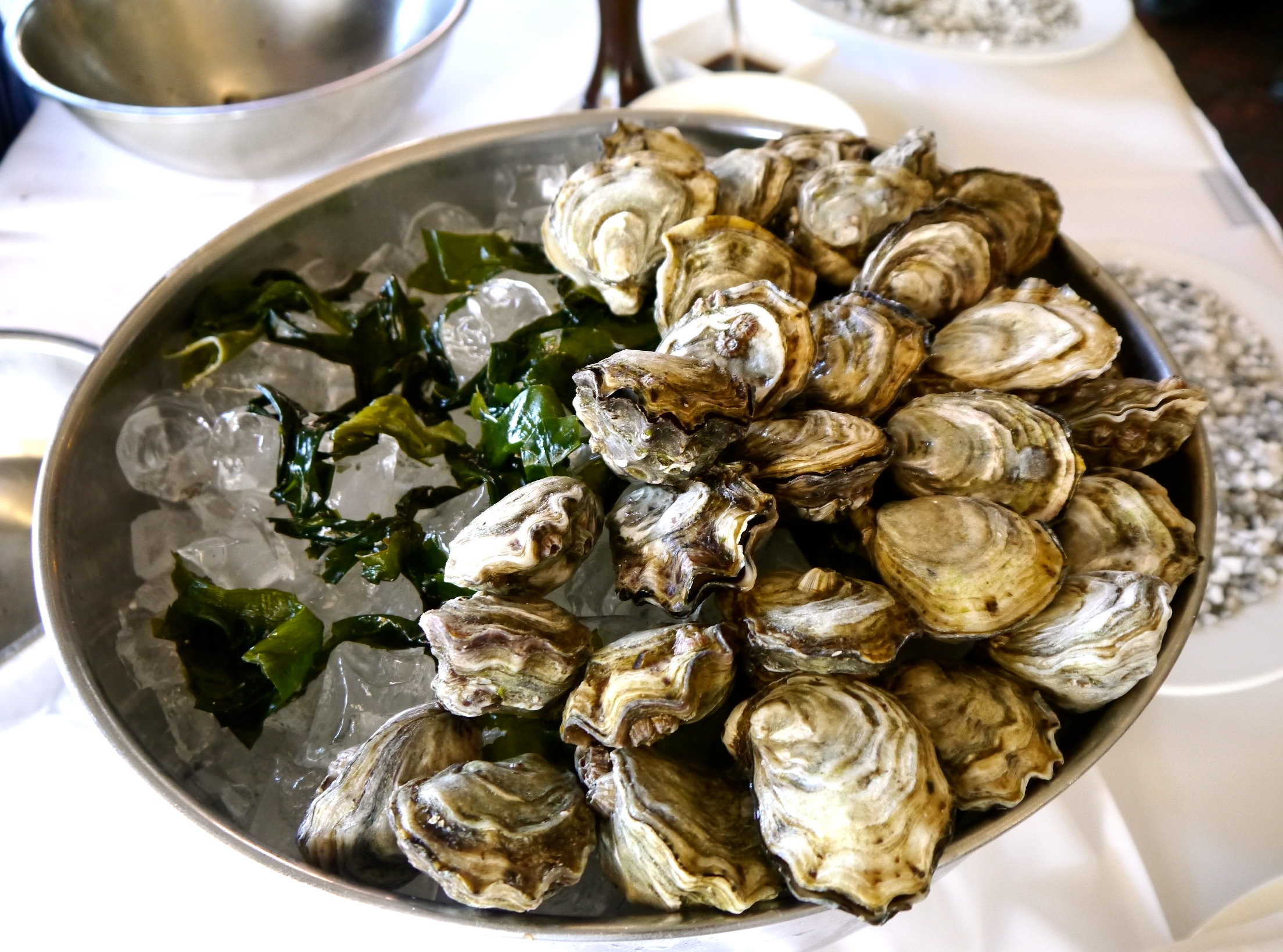
Seafood is one of my ultimate feasts. It’s both a must for extravagant celebrations and everyday family life. However, it must be fresh and it must be top quality.
Luckily, I live in Adelaide, South Australia (SA), where our seafood is amongst the finest in the world, largely because our waters are pristine and well-managed and our growers take immense pride in their work. Our seafood commands premium prices in Hong Kong, China and Japan: buyers and restaurants love our seafood because of its exceptional quality.
So you can imagine how happy I was to attend the industry launch of the Eyre Peninsula Seafood Guide at Jolley’s Boathouse last Monday.
The Seafood of the Eyre Peninsula is a beautifully designed, step by step guide explaining what to look for when buying seafood and how to clean and prepare it. Designed to educate and inform chefs, kitchen staff, restaurant managers and retailers, it features stunning shots of seafood by local Adelaide photographer Randy Larcombe.
If you’re a professional or student chef or restauranteur, I urge you to get your hands on a copy of The Seafood of the Eyre Peninsula. See the Seafood Frontier website to download a copy or have one sent to you.
Before the official proceedings begin, we are treated to a delicious selection of Jolley’s Boathouse canapés. It’s an extravaganza of SA seafood.
Firstly, I have to try the Angasi oysters supplied by Pristine Oysters on behalf of the South Australian Oyster Growers Association. Our original natives, Angasis were fished to extinction in the late 1800s and replaced with Pacific oysters – Australian growers have only recently been producing them again. Angasi shells are much rounder and flatter than the Pacifics with beautiful caramel and coffee tones. Brendan Guidera from Pristine shows us the correct way to shuck them – apparently, it’s all about the 2pm knife position.
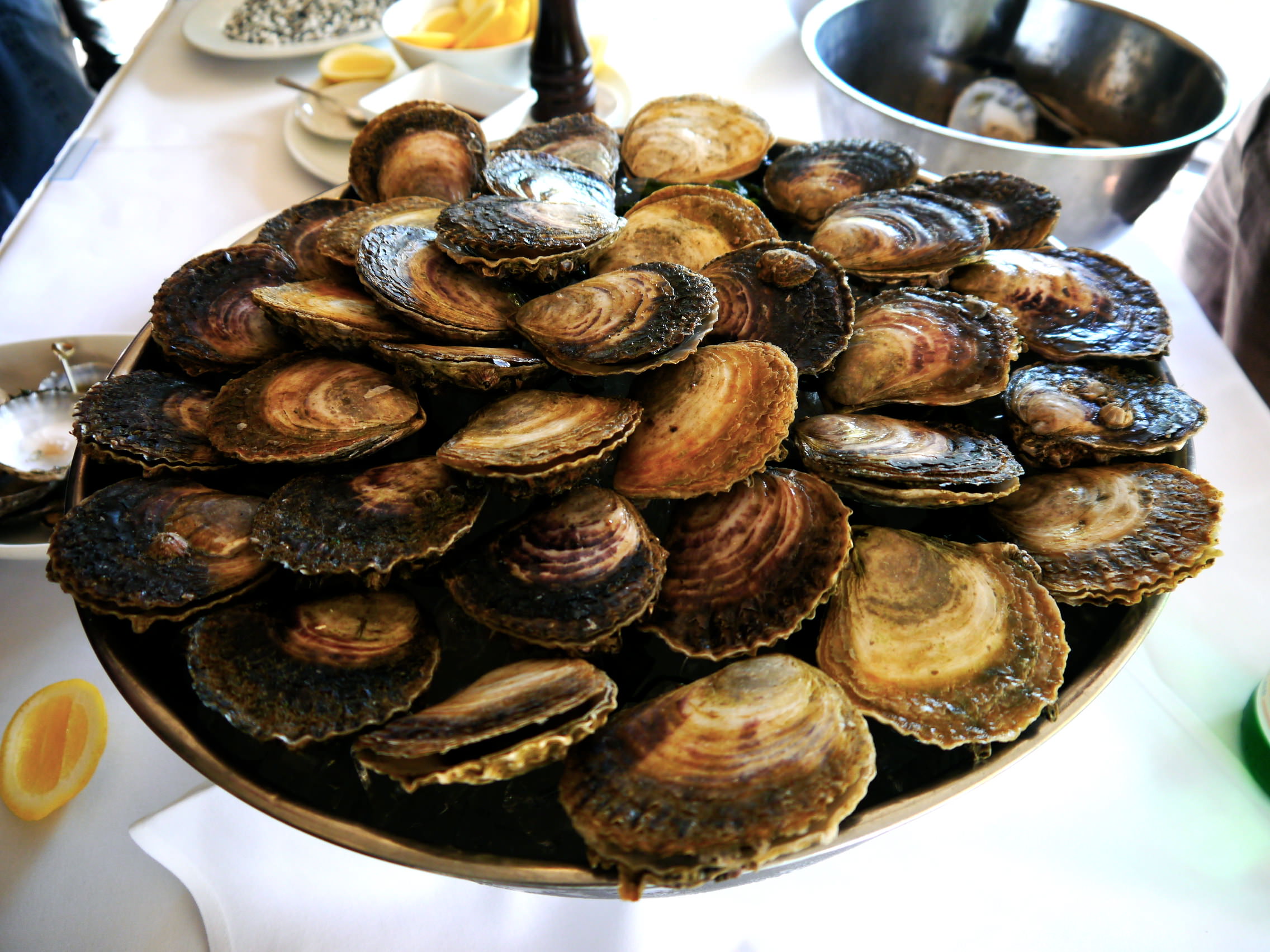
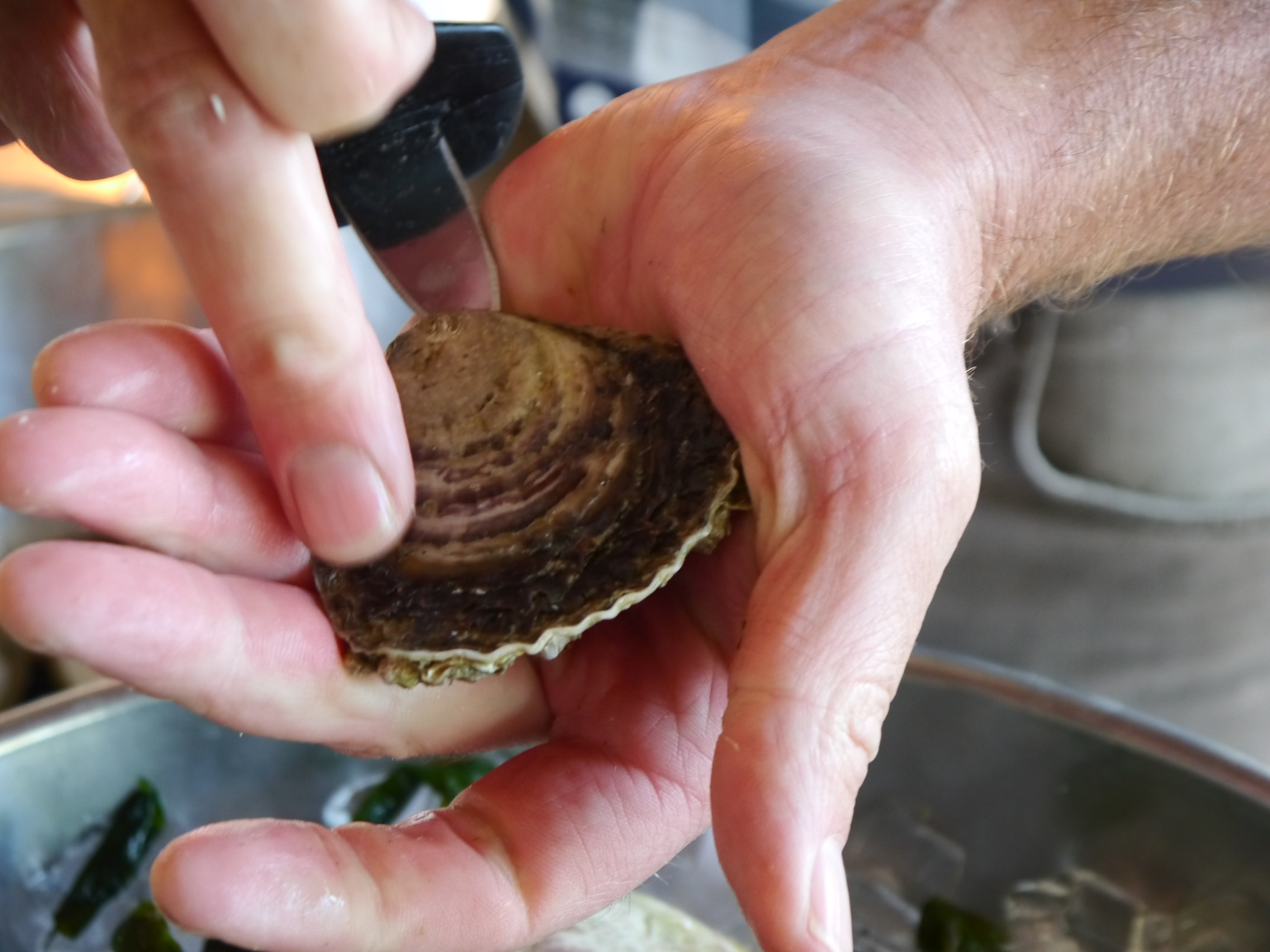
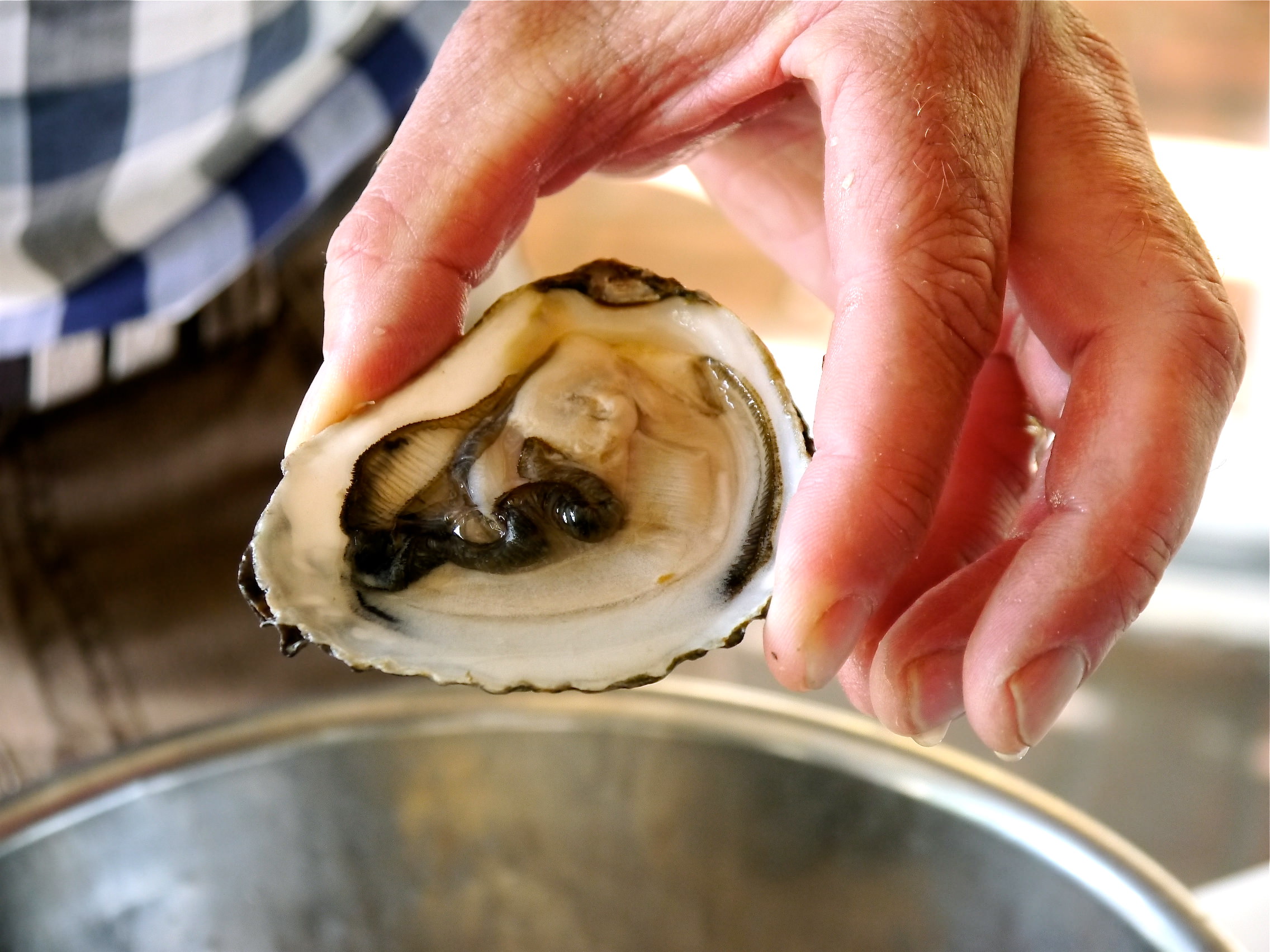
I add a spritz of fresh lemon, then tip the shell up so that the Angasi oyster slides into my mouth. I savour it for a minute, chewing gently before letting it slide down my throat. While Pacific oysters are creamy and fresh tasting, Angasis have an earthier, more full-bodied flavour. I fall instantly in love with them.
Then it’s onto the King George Whiting ceviche (whiting courtesy Port Lincoln Fresh Fish) and Southern Bluefish Tuna crudo (tuna courtesy Southern Water Marine Products). Both are immaculately fresh and tangy with citrus and vinegar.
One of Jolley’s chefs prepares exquisite sashimi and crudo from Hiramasa kingfish (supplied by Cleanseas Tuna) and snapper (supplied by Port Lincoln Fresh Fish). The fish is exquisitely delicate and flavoursome. The chef grates fresh wasabi from a whole wasabi root to accompany the sashimi and the taste is a revelation. I will never, ever go back to eating that lurid green ‘wasabi’ paste again with my sashimi. If that means I have to move the family to Japan then that is what I will do.
Next up, blue mussels by Kinkawooka Shellfish and Boston Bay Mussels are covered with a creamy sauce and breadcrumbs before being placed under a hot grill. They’re amazingly tricky to eat – there is simply no graceful way to place a whole breaded mussel in your mouth – but amazingly delicious, too.
Next come some Chinese spoons filled with stir fried abalone supplied by Streaky Bar Marine Products, shiitake mushrooms, garlic stems and oyster sauce. Like most Chinese, I adore abalone’s distinctive and delicate flavour, and silky smooth flesh.
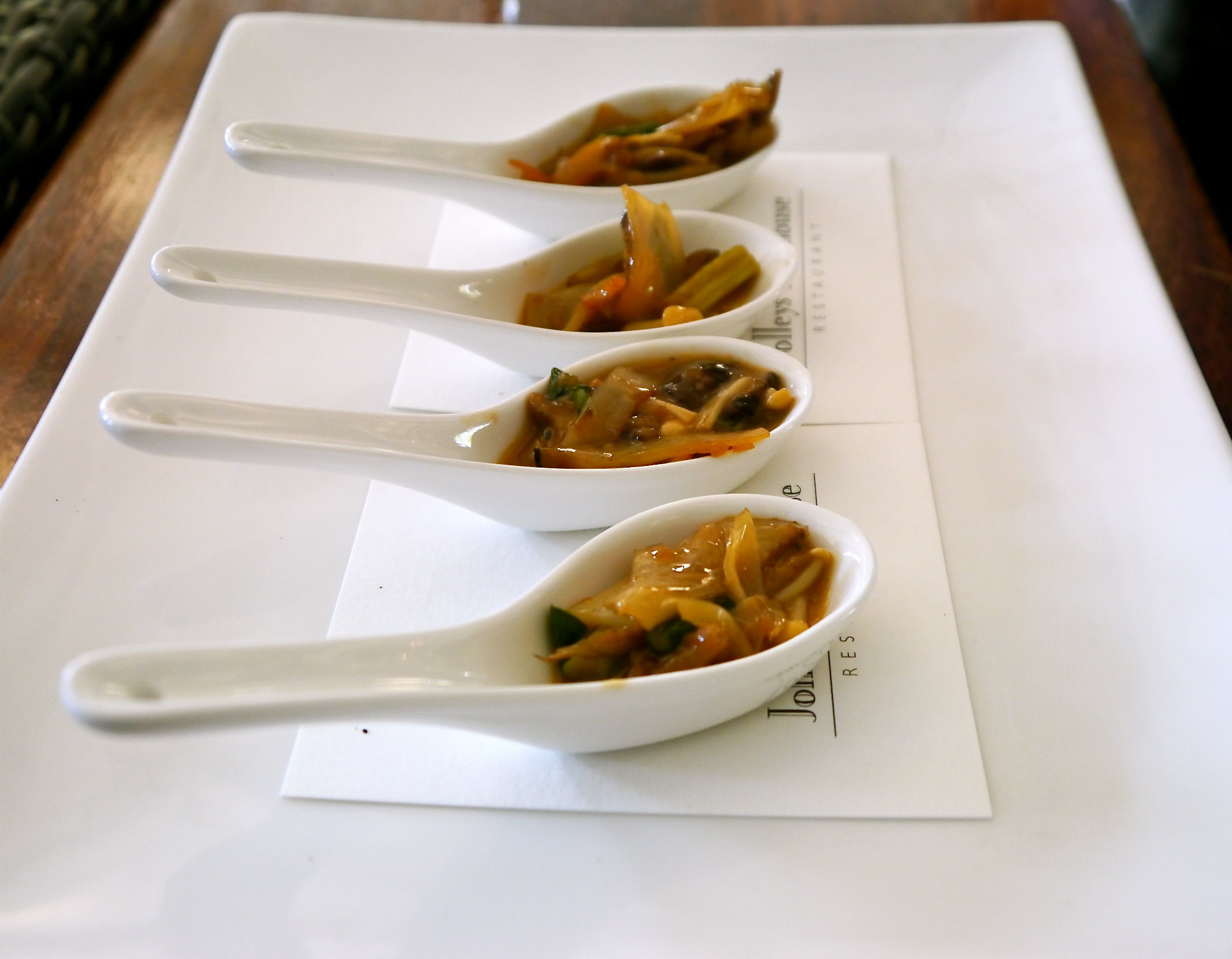
I next spot some interesting looking snapper tartare made from snapper supplied by Port Lincoln Fresh Fish.
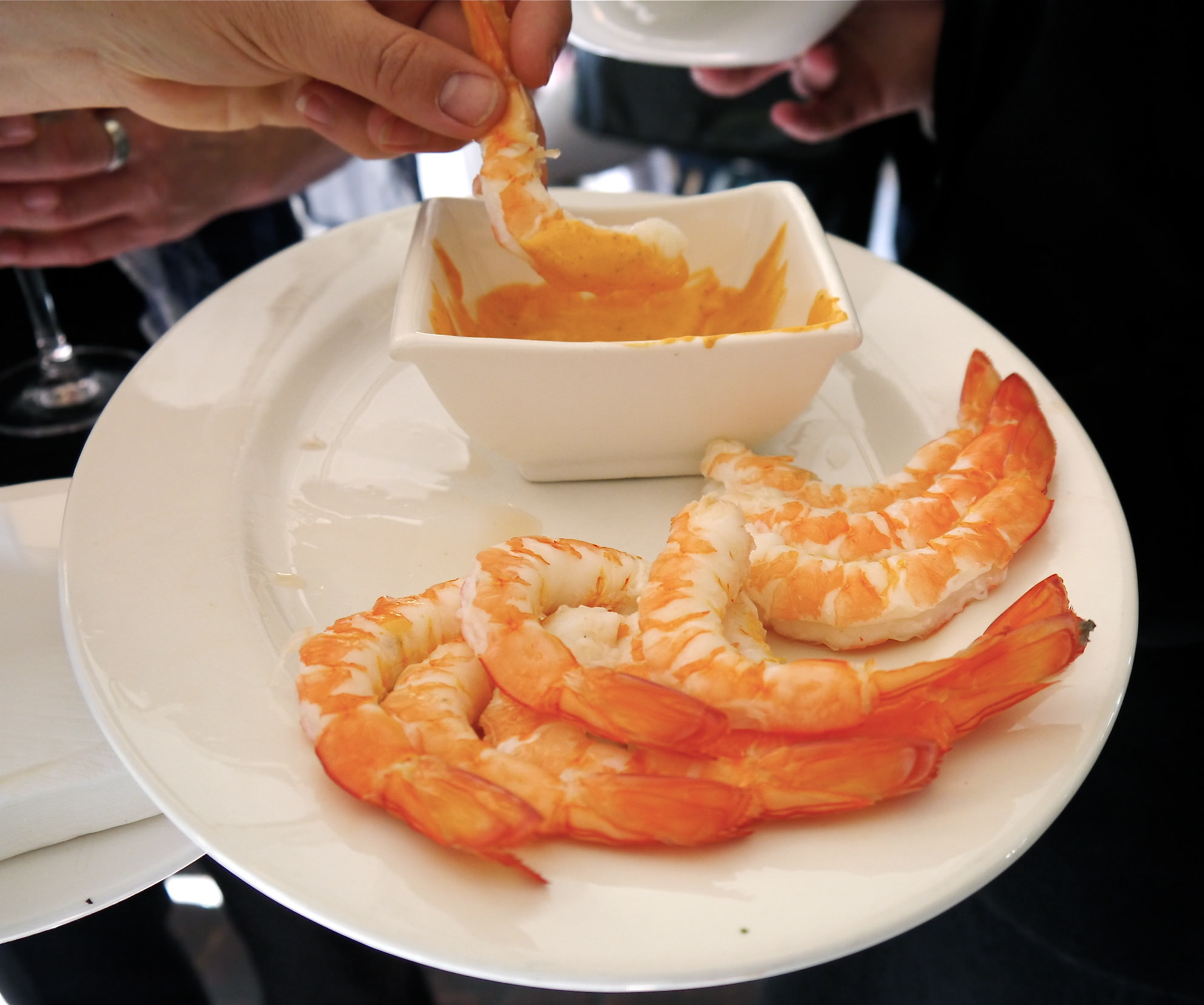
It’s now time for the speeches. Mark Cant (Regional Development Australia Whyalla and Eyre Peninsula), Tony Ford (Boston Bay Wines), John Susman (Fishheads Seafood Strategy) and Stacey Fallon (RDAWEP) deliver some surprisingly relaxed, passionate and even occasionally witty speeches. It’s clear that this is a tight-knit industry where everybody knows each other very well. Then the Hon. Gail Gago, the Minister for Agriculture, Food and Fisheries, declares The Seafood of the Eyre Peninsula to be officially launched.
Shortly after, I make my way home, full to the gills with what feels like a kilogram of exceptional seafood. Despite my discomfort, I’m already thinking about what I am going to cook for dinner tomorrow night.
One thing’s for sure: SA seafood will definitely be on the menu.




